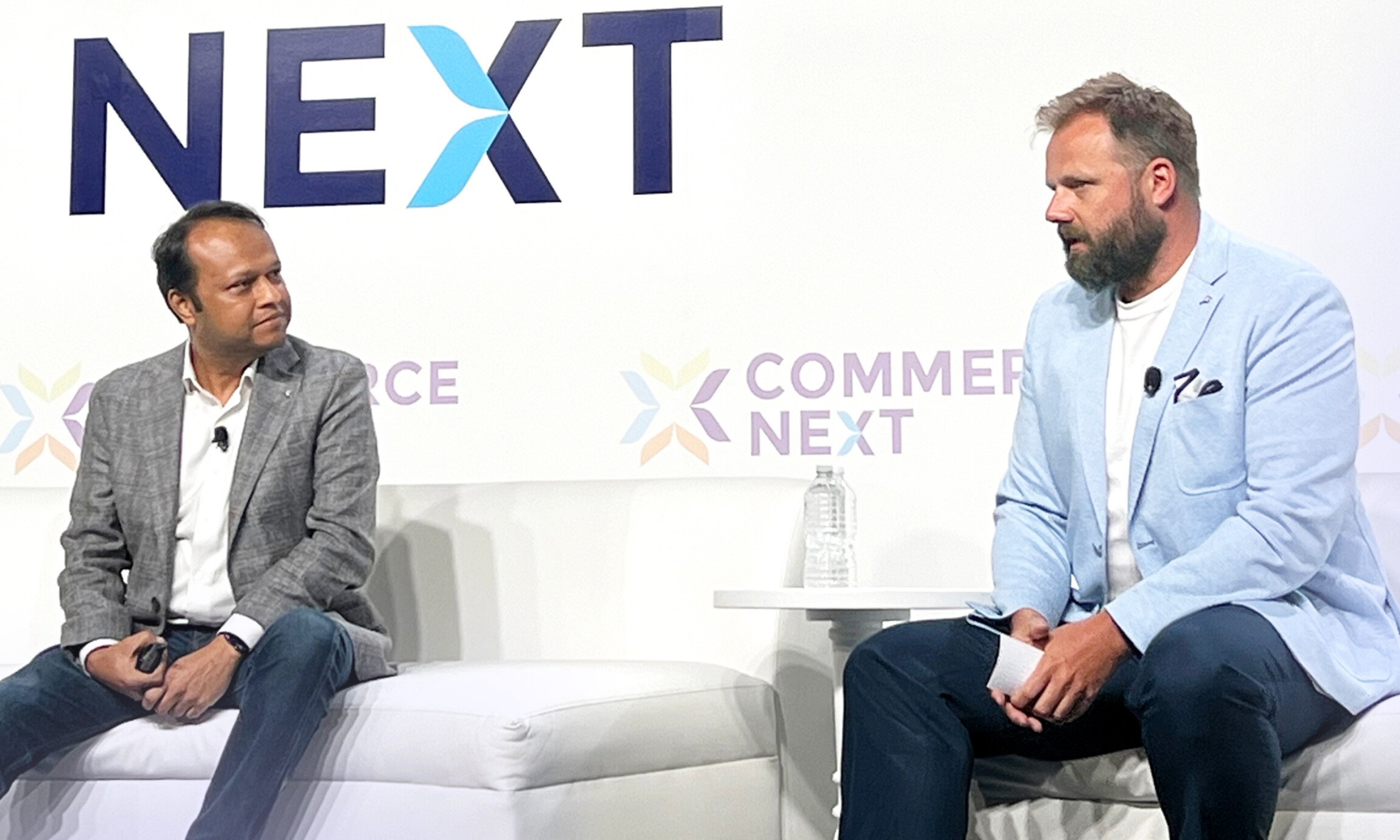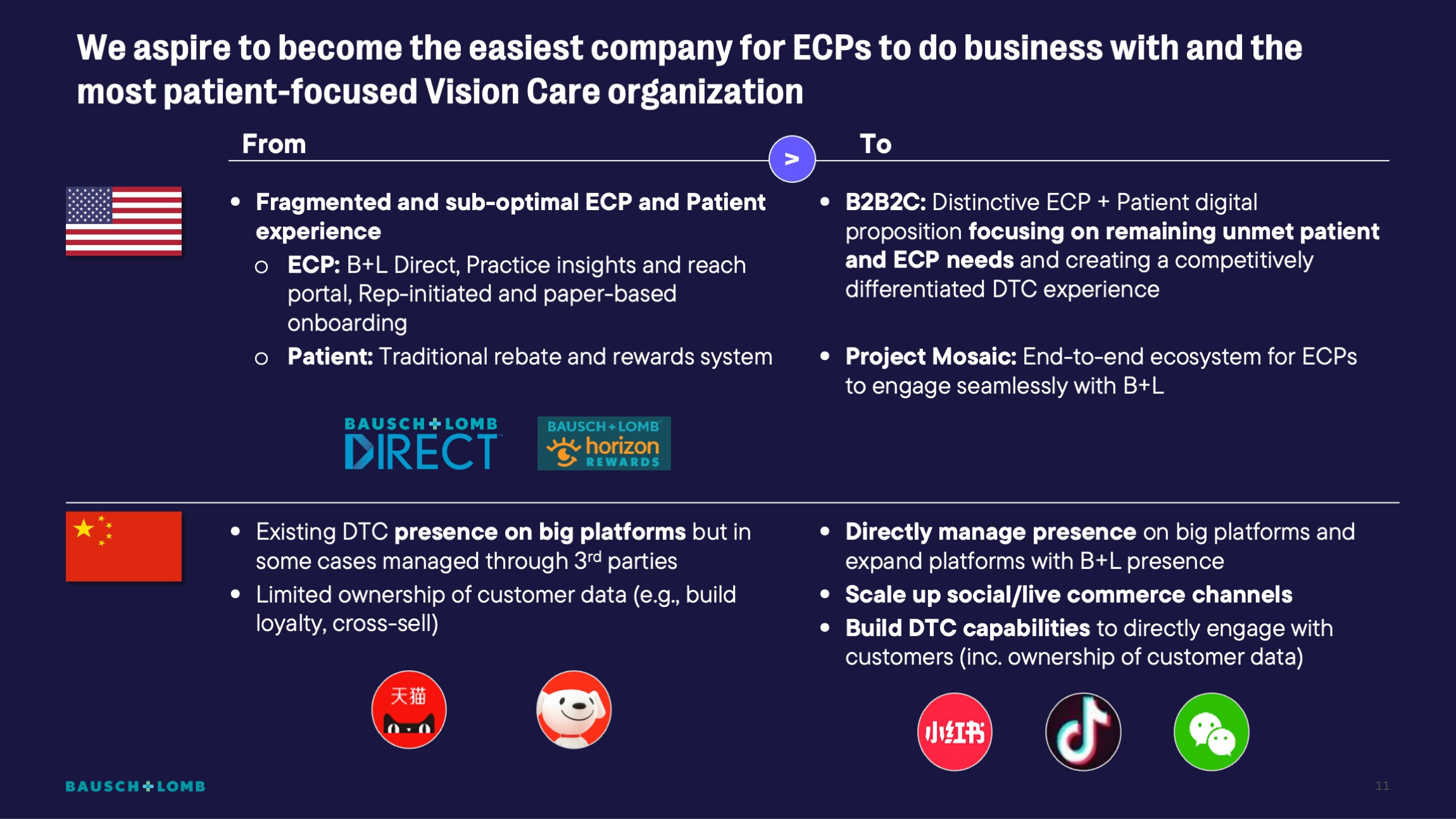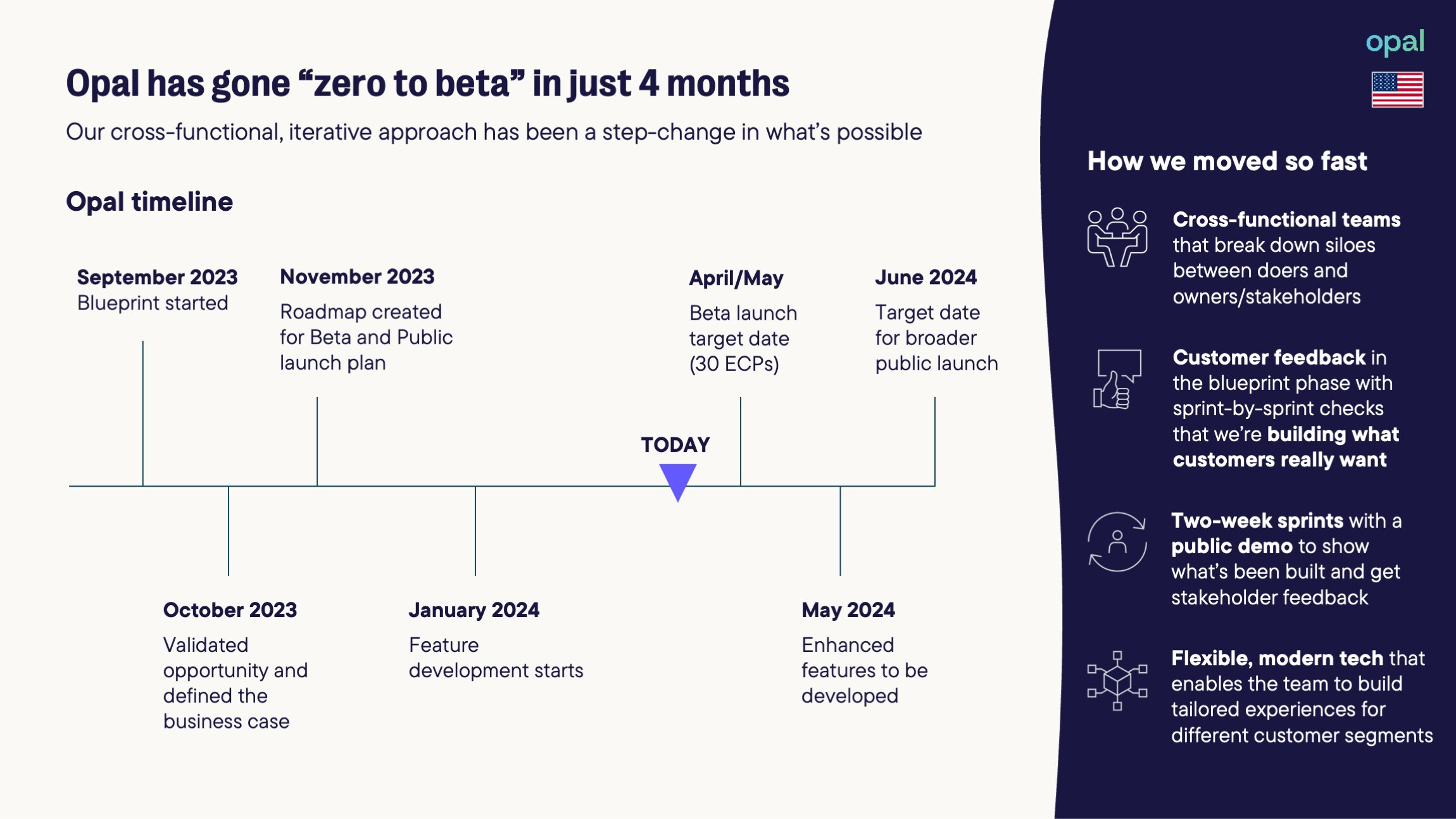
Enterprise businesses have a lot of complexity — it just comes with the territory. Case in point, a medical technology and life sciences company that is one of the world’s largest manufacturers of contact lenses. In addition to eyecare, it also makes pharmaceutical products and surgical devices, operating D2C, B2B, B2C and B2B2C distribution models in almost 100 countries, and utilizes distributors, marketplaces and social media as marketing channels. To top it all off, it has to navigate complicated regulations that vary from country to country, as well as product availability and pricing, which also vary. So, when the CEO charged Devang Modi, VP of Digital Strategy at Bausch & Lomb, with building a technology system to harness its eCommerce and digital experiences across its business units, geographies and commerce use cases to create a seamless, consistent journey for customers, Devang knew the task wouldn’t be easy. Luckily, in his quest for the perfect solution, he discovered composable commerce.
In a keynote presentation at CommerceNext, Devang shared his personal perspectives on why the company chose composable commerce and how it is fast-tracking its digital transformation journey to gain benefits as quickly as possible. He also answered a few questions for Michael Scholz, Vice President of Customer and Product Marketing at commercetools.

Devang set the stage for his presentation by explaining exactly why there is so much complexity in B&L’s business. He said it starts with the large product range the company offers, which basically includes products that consumers use from birth to the time they get cataract surgery. There are multiple business units, multiple business models and multiple distribution channels, as well as different sales models in different countries. “The US has more regulations. You need a prescription to get contact lenses. In some countries in Europe, you don't need a prescription. In some countries in Asia, you can buy contact lenses directly on Amazon. These are the kind of variabilities that we have to consider, along with supporting a product catalog, pricing and promotion by channels like Amazon, Instagram, TikTok, et cetera.”
Of course, all of these operations run on multiple technology systems, including different systems in different countries, so there’s no consistency. And, this is the problem Devang set out to solve, with the knowledge that the solution he came up with also had to have built-in security for sensitive and protected health information (PHI) and meet data privacy regulation in the US and globally.
The CEO was looking for a solution to create the best eyecare company and the best customer experience and create loyalty. And he wanted it delivered quick. We can’t wait six months, six years. That’s not going to happen. We needed a scalable, flexible solution, and we needed it now. So, zero to beta in four months.
VP of Digital Strategy, Bausch & Lomb

To accomplish this daunting task, Devang first set up a cross-functional team that dove into the project by answering a series of questions that ranged from simply “What do we need?” and “What are the issues and challenges?” to “What are the operational efficiencies” and “Can we actually improve the margins?”
It’s the most important part, to be able to go to the CEO and say, ”Here's the revenue, here's the uplift, here's the loyalty and here's your net margin improvement.
VP of Digital Strategy, Bausch & Lomb
With that step accomplished, the team moved forward to creating a roadmap, focusing on figuring out where to start and which business use case to choose that would deliver the most value when implemented. They decided to tackle their biggest, most complex use case first — B2B2C — which is used when consumers need a prescription from an eyecare professional (ECP) to purchase a product. The vision was to create an experience that could support both the needs of its eyecare professionals (ECPS) and their patients, and build loyalty with both audiences.
They could have chosen an easier path to start the journey, but Devang’s thinking was that it was the best choice to determine scalability. The idea was that once they built a platform that proved capable of handling the complexity of B2B2C, they could then reapply it for the rest of the use cases and business units across the globe. “Globally we need one platform that can scale. We have to win in that area,” he explained.
It was at this point that the team started looking at vendors, evaluating multiple things. Surprisingly, composable commerce was not even on Devang’s radar. He told the audience he wasn’t even familiar with the approach or with headless commerce. “At the end of the day it came down to, ‘How can we be flexible and scalable?’ As we started looking at different vendors, we saw that gave us that option.”
However, once composable commerce was presented to him, he quickly saw the benefits the approach offered and how it could make a project of this size much more manageable. “At that point, we could say, 'Hey, we are using the latest technology that can be scaled easily and mix and match with the older systems we have internally, but also use the latest technologies so we can do very complex payment processing, et cetera.”
With the approach and vendor chosen, the company immediately moved into feature development, establishing an agile approach that brought together 22 groups — legal, compliance, procurement, IT, infrastructure, security, even marketing — together on one team. “This is one of the reasons why we could do this fast,” Devang pointed out.

The work was accomplished in two-week sprints. At the end of each one, everyone shared what was delivered and developed, gave feedback, made decisions on what’s happening next and presented updated results to leadership. Taking this approach ensured that all stakeholders knew what was being built, every step of the way.
Four months later, the new platform was ready to beta test. A small group of doctors and distributors confirmed everything was working and gave feedback, which is being used to enhance features and functions. Now, the company is getting ready to launch to the public. Devang said composable is benefiting the company in a multitude of ways from being able to plug and play to solve for multiple distributors and marketplaces, create custom frontends and quickly deploy features to having one place store all customer data regardless of channels.
I think there is a misconception that composable architecture takes longer. It actually speeds up the process. We can plug and play where we need to and find alternates quickly and cost efficiencies. Overall, we can make sure we don’t create technical debt and too many technologies that are not used. We can look deliberately at each area and figure out what we need to pick, and for what reason.
VP of Digital Strategy, Bausch & Lomb
To get the full story of the digital transformation journey thus far, watch the keynote presentation from CommerceNext, “How a Leading Medical Technology and Life Sciences Company Unlocked Composable Commerce’s Speed, Scale and Simplicity.”